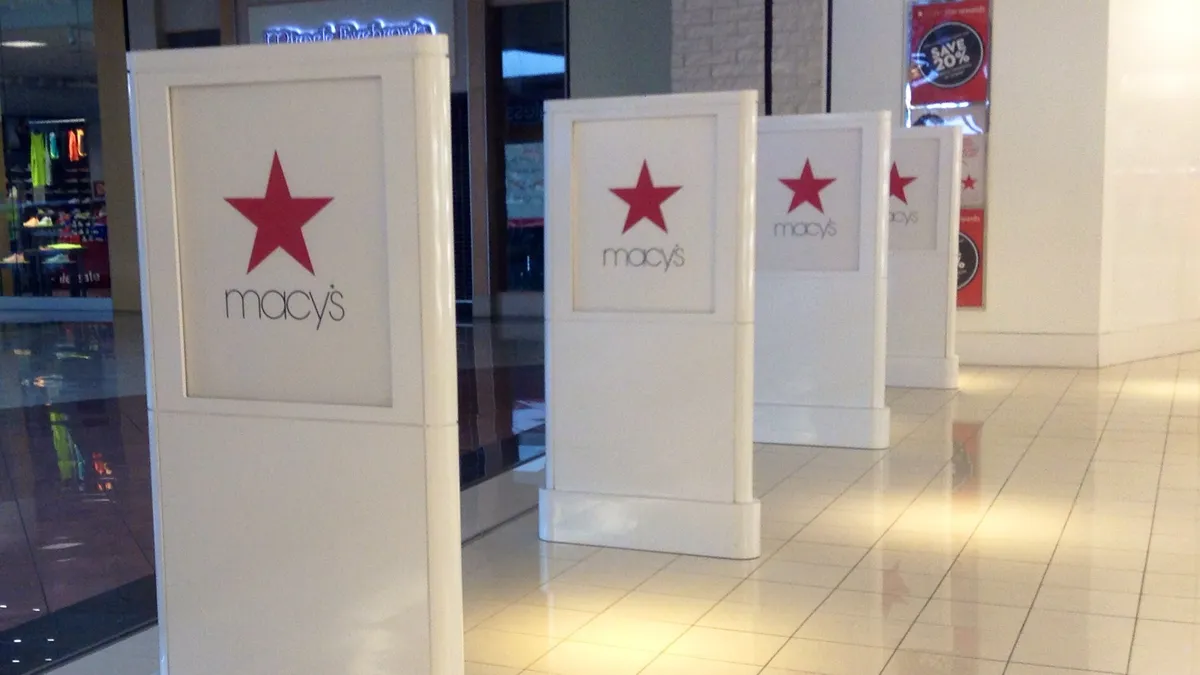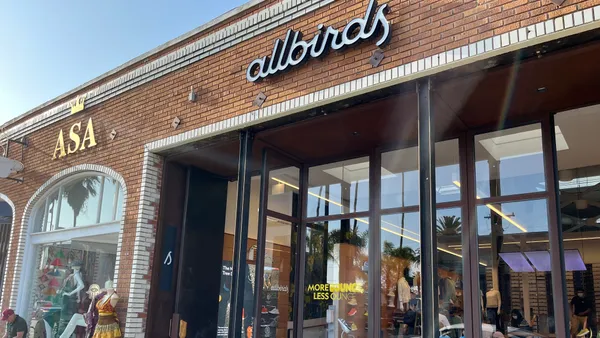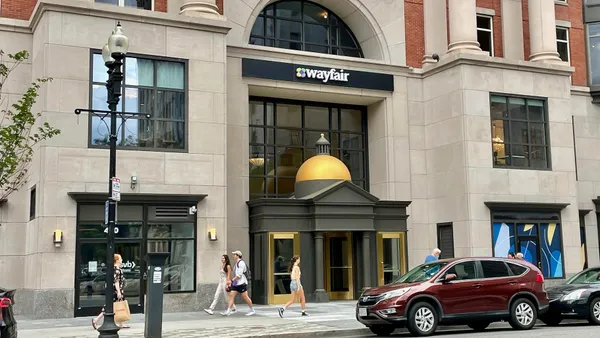Dive Brief:
-
Beauty, a category long resistant to e-commerce, has seen a shift in attitudes, driven by demographics and influence via social media, according to a new survey from A.T. Kearney of 800 women who have shopped for beauty products online at least once in the past 12 months. The global strategy and management consulting firm has conducted the study every two years since 2012.
-
In 2015, the industry that built its historic success on providing consumers with the in-store opportunity to touch, smell and sample products saw $6.2 billion, or almost 8% of its sales take place online — a full 1% more than in 2013, according to the study, which was emailed to Retail Dive.
-
There are essentially three types of online beauty shoppers, according to the report: 55% are “online enthusiasts,” very comfortable shopping for most beauty items online, but they do shop in stores; 36% are “information seekers who conduct research online but prefer in-store shopping; and 9% are “showroomers” who go to stores to test products but prefer to make their purchases decisions and conduct their purchases online.
Dive Insight:
Beauty has gone from a brick-and-mortar stalwart to one of the most active online categories, with pre- and post-purchase content — from product information to How-To videos — driving success, according to the study. Some 47% of the study’s respondents have done more online shopping for beauty products this year than they did last year, and 66% of those who shop online for beauty products say they actually prefer the online experience to in-store interactions.
Luxury is even farther ahead than mass market, A.T. Kearny found, driven by more online savvy consumers and higher transaction value. The category is robust: Beauty retailer Ulta, for example, demonstrated the resiliency of its category with first-quarter results that saw sales rise 23.7% compared to year-ago totals. Still, while that retailer's same-store sales grew 15.2%, its e-commerce sales increased 38.8% to $61 million and its loyalty program soared by 25% to 19.4 million members.
“Beauty is an attractive segment that offers healthy margins, so everyone is trying to get a piece of the pie,” study author Hana Ben-Shabat, a partner in the firm’s retail practice, told Retail Dive via email. Technology is helping online retailers reach the level of personalization that is easier to do in stores. “It's early days, but experiments such as Sephora Color IQ or smart sampling are steps in this direction. With The advancements in AI technology, we are likely to see more sophisticated tools for customization coming up,” Ben-Shabat said.
In a more mundane finding, Amazon’s Subscribe and Save and Wal-Mart Stores Inc.’s programs in the last decade or so helped boost online sales of bath and shower products. Dollar Shave Club’s viral marketing campaign, which began in 2012, similarly led to a spike in online sales of men’s grooming products the study found. Those, plus makeup apps like L’Oréal’s Makeup Genius and Sephora Virtual Artist, which showed a strong link to the spike in online sales of color cosmetics, pushed the online penetration in most beauty categories beyond the 3% to 5% percent mark A.T. Kearny calls a “tipping point beyond which online sales accelerate and penetration reaches high teen or low double-digit figures.”
But the move online is also eroding some loyalty among consumers, according to the study. “[W]hen we talk about lack of loyalty to retailers we’re talking about the retailer’s web site,” Ben-Shabat said. “Our study only focuses on online shopping. To build loyalty, “retailer.com” or “brand.com” or “pureplay.com” needs to better understand the core needs of consumers, build communities, communicate with authenticity, build link online and off line and personalize offers.”














